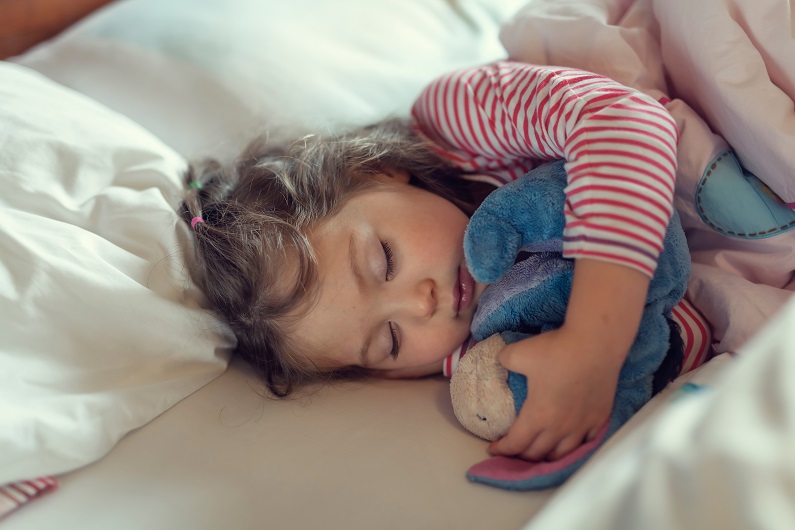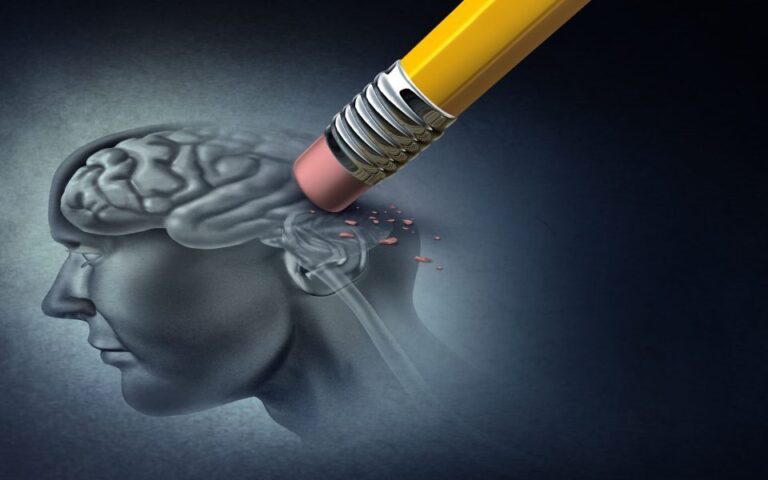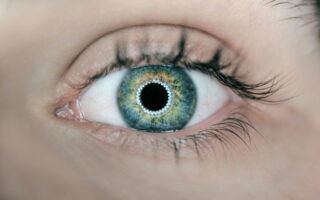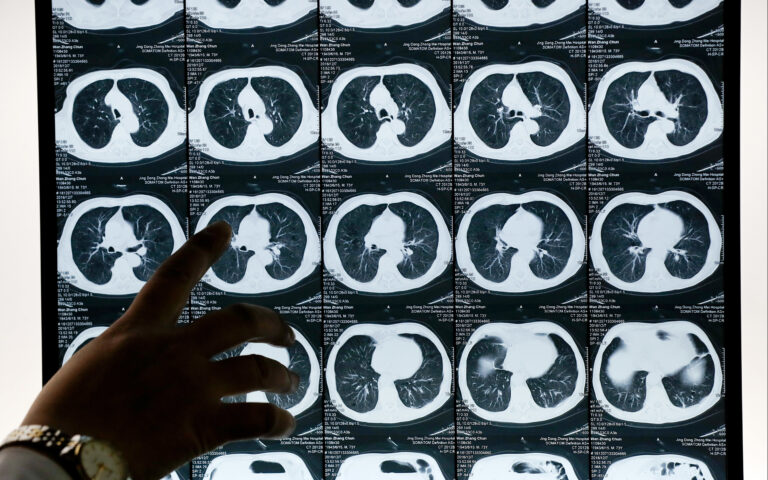Our editor Jon Sutton meets Dr Roxane Cohen Silver (University of California, Irvine), keynote speaker at the European Congress of Psychology.
11 May 2023
What will your keynote in Brighton cover?
My work has been on adversity for decades. I started in the 70s, and initially I focused on individually experienced tragedies. Then I moved to collective stressful events. I have a talk that takes me from the individual to the collective tragedies, and what factors are associated with successful versus less successful adjustment.
We have found in different studies that people’s prior exposure to tragedy, in many cases, amplifies the response to the collective trauma. For example, people who have previously experienced violence in their lives seem to be caught up in media stories about violence, mass shootings, events like that. So I haven’t abandoned the individual level experience… I’ve looked at how that sets people up on different trajectories when they respond to tragedy.
Given that interest in individual and collective trauma, what were your thoughts when Covid hit?
In many ways, it was a culmination of that work on individual level and collective events, and sudden unexpected trauma, as well as the more chronic unfolding of tragedies such as a war. We had no idea how protracted the event would be. We had no idea how it would culminate in the US with over a million people dying. But we had a number of things that we suspected might be important when we began our study of Covid.
At the start of Covid, in the US, the President was minimising the likelihood that this would be a long event, minimising the consequences for the population. Yet at the same time local communities were making rigid rules about quarantining, schools and places of business shutting down. Trump’s approach was really in contrast to what happened after 9/11 in the United States, where the mayor of New York, Rudy Giuliani, was masterful in acknowledging the tragedy and the sadness, in bringing people together to share in loss as well as to mobilise toward rebuilding. He was incredibly effective as a leader during a tragedy like 9/11. Giuliani talked about the number of casualties as ‘more than any of us can bear’: he didn’t minimise it. That didn’t happen, at least in the US, during Covid.
To get back to your question, my colleagues and I actually published a commentary that we wrote in February 2020, a month before Covid hit in the United States, on what we expected was going to happen. It was specifically focused on our concern about the role that the media might play in amplifying the stress surrounding Covid. We were using, in particular, the work that we had done in the aftermath of Ebola around 2013, where we analysed what happened in the United States: hysteria, fueled by the media. So we published this paper, we wrote a grant to get funding very quickly, and we were in the field, collecting data, in mid-March. Our national study is still going on now: 6500 people, how they responded to the threat of Covid, what their risk perceptions were, how much media they were engaging in, and other individual level factors that might lead them to respond one way or the other. We’ve just collected our fourth wave of data and received funding for another four. So we will be following a national probability-based representative sample throughout the next three years, continuing from March of 2020.
What are the conclusions from that so far?
The tragedy unfolded in many different ways. We’ve got about a dozen papers, maybe more. In one paper I’ll talk about at the Congress, we looked at whether or not people’s personal losses and personal illnesses, personal exposures to Covid, played a role in their level of distress, juxtaposed against their media intake, juxtaposed against the restrictions in the community, juxtaposed against the number of deaths that had occurred in their state. To my surprise, we found very little impact of the community or the state level restrictions, very limited impact in terms of the number of deaths in the state… the strongest predictors of distress were people’s personal experiences whether they lost a loved one, whether they got sick themselves, and the amount of media that they were engaged in. Media exposure was the strongest predictor of traumatic stress symptomatology – ruminations, anxiety, hyper vigilance around the story. I didn’t predict these findings. I didn’t realise that the number of deaths at the state level, and the number of restrictions, would just play no role in psychological consequences over the first six months of the pandemic, when you took into account personally-experienced exposure and media exposure.
I should say, I just happened on the issues around media, I was not at all interested in it at the beginning. I’m not a communication scholar, although I’ve become much more knowledgeable than I was… I’m a social psychologist and a health psychologist. I was not in tune with the potential role of media.
Is it just the amount of media exposure, or does the type of media matter?
We collected data about nine days after 9/11, and we said, ‘How much television did you watch in those days?’ Television was the only game in town, where people got most of their news. What we saw then, and in all the projects since, was the important role of the number of hours to which people were exposed. We’re collecting data in the lab – Is it the sounds? Is it the images? Is it the static image? We don’t have a good handle on this experimentally. But the number of hours does seem to matter: the more hours you spend, the more you’re hearing the same stories.
However, in our work on mass violence, it’s clear that it is the graphicness of the images. With Ebola, there were a lot of very bloody images, and I’ve studied people who have watched beheading videos. The more graphic and gruesome the images, the more likely they are to amplify distress. But for Covid, there haven’t been images quite like that, so we’re talking about the sheer number of hours. Early on in the pandemic, I was interviewed by a journalist in the UK, who used a term that became very popular in the United States – doomscrolling. Nowadays, most people do not receive their news from one source: they tend to use multiple channels of communication to get their news, including friends and family. In the aftermath of the Boston Marathon bombings, we found that people were engaging in an average of around 4.5 hours combined media a day, in the first week after the bombings. They’re watching television, they’re getting tweets on their phones, they’re got their laptop up, and they’re reading stories.
So it’s unlikely that people are consuming their news like they did after 9/11, where people were sitting in front of the television. People are carrying cameras and powerful videos in their pockets, and they can take very quick pictures of tragedy, and then upload them very quickly and disseminate them without anybody moderating the content. We’re seeing many different kinds of images. I can learn in California about the massacre in the mosque in New Zealand in minutes, because somebody is live streaming it and then I hear about it in the news. It’s such a different kind of media landscape, and that likely has implications for the ways in which we feel emotionally exhausted after Covid.
You’ve mentioned a few different types of trauma, from personal loss to collective events like terror attacks, infectious disease outbreaks. Do you find there’s more that binds such experiences together than distinguishes them?
If you asked me to write a paper about similarities, I could do that. If you asked me to write a paper about the differences, I could do that. There are many ways in which these tragedies are similar, but it’s not a ‘one size fits all’ response to any of them. I focus on sudden, unexpected, uncontrollable tragedy, like a mass shooting, or the terrible earthquake we’ve seen in Turkey and Syria. People spend many years, maybe decades, trying to rebuild after an acute tragedy like this. And then there are different kinds of tragedies like Covid, like the Ukraine war… chronic, potentially escalating disasters that are punctuated by acute stressors, but in general are always in the background.
There have been many very thoughtful commentators who’ve talked about the strain of this kind of chronic traumatic stress. However, it’s impossible to do the right kind of study where you can have different people at the same time, exposed to different kinds of tragedy, to look at the differences. We’re always extrapolating from studies that take place in very different places and times.
It’s difficult to study cumulative trauma, I suppose. One response to war in Ukraine seemed to be ‘this is the last thing the world needs, having just come out of Covid’.
This is how I will end my talk in July. Wave four of our data collection was conducted right during the Ukraine war, and we wanted to test the hypothesis that the more media you were engaged in about Covid would potentially not have any psychological benefits, but maybe seeing the images about the war in Ukraine might motivate action. By July I’ll know those results, but it looks as if the more you were engaged with media about Ukraine, the more likely you were to donate to victims, the more likely you were to support military action.
We’ve studied 15 different stressors in the United States that have occurred, from Covid to inflation, to political polarisation, to a very aggressive Supreme Court that has taken away reproductive rights in the United States, to the Ukraine war… the whole gamut. I’m hoping for a more definitive statement when I come to the UK, but it looks to me as if the more media, the more stress that one feels about all of these compounding, cascading tragedies.
That’s really interesting. Stress can be a motivating force, with the media coverage leading to positive action. So it’s not like you’re saying ‘media coverage, bad’…
I’m not encouraging people to put their heads in the sand. I’m not encouraging any kind of censorship. What I am strongly encouraging is that people monitor the amount of media to which they’re exposed… to not get so caught up in this doomscrolling that one loses sense of time, caught up in tragedy after tragedy after tragedy. There is no shortage of tragedy. We can spend our days immersed in terrible stories, locally, domestically, worldwide. Who could have imagined, when I began this work in the late 80s, that I would be able to know instantly about graphic and gruesome events happening on the other side of the world, and how one story may cascade to the next and to the next.
So I’m not advocating censorship. I’m not advocating that people avoid the news. I’m recommending that people be conscious about the number of hours, about exposing themselves to graphic images. I will just share with you: I don’t watch television, I don’t watch television news, I don’t engage in any social media, I don’t watch videos. It’s a very conscious, deliberate decision that I’ve made to pay attention to my research. I pay a lot of attention to what’s going on, I score highly on news quizzes, but I don’t immerse myself in the details, the graphic images and the videos. I don’t think that it’s psychologically beneficial; and we have data to suggest that it may be physiologically and psychologically harmful.
All of that before you even get to misinformation… you did a study on the false missile alert in Hawaii?
Yes, after that paper came out I had emails from people saying how much they appreciated me writing about this story, because they were traumatised, even years later, by that 25 minutes of terror about a missile coming.
One thing we haven’t covered is this cycle of distress. When we follow people through a number of tragedies, we see that if people are engaged in a lot of media about one tragedy, it is associated with distress, rumination, but also fear that those events could recur. I’m going to use a causal phrase that is unwarranted by my research design, but I’ve just seen it over and over again – they’re drawn to the story. People who spend a lot of time engaging in media about terrorism, are more worried about terrorist attacks. When the next tragedy occurs, they appear to be drawn into the media about these stories. More media is associated with greater anxiety, greater worry, and more media about the next tragedy. And that’s a cycle from which it’s very difficult to extricate oneself.
So again, the message is, don’t avoid it. But just stay conscious about the amount of time one is engaging in media, and be self-protective about media exposure to tragedy.
The theme of the European Congress is Psychology: Uniting communities for a sustainable world. In terms of your work, what do you see as key in that, for example in predicting community resilience?
Great question. I will share with you some data I collected with colleagues in Israel, at least a decade ago. We collected data for communities exposed to daily bombing. And what we found was that people who trusted their leaders were more able to withstand the psychological onslaught of this stress… communities that were more cohesive. We were able to study people who lived in rural communities, many of them on a kibbutz, so within a shared group of people with whom they could receive support, versus people living in an urban environment in the city, where they may not know the names of new neighbours. There was something about trusting the people who were leading the country, knowing your neighbours, being part of a shared value system, that promoted resilience. We saw PTSD symptoms far more frequently in the city than in the rural area, when both of them were getting that same onslaught. Being part of a shared community, a strong social network, is likely to promote the ability to bring together resources to help people cope with this kind of stress.
Which brings us right back to you being a social psychologist… those really social underpinnings of it all.
Yes. I have two students who are focusing on this very question, because in our study of Covid, we know the neighbourhood in which people are embedded. We are compiling data collected on the very different kinds of resources available to people in different kinds of communities. We know that there are different resources for mental health, for physical health. Over the next couple of years, we’re going to be overlaying community level factors to individual level experiences. I’ve been focusing thus far on the role of media, but maybe it’s community, and we just haven’t looked at it yet. I don’t think that it’s going to wipe out the effects of the media. But I do suspect, just like we were able to see in Israel, that there are going to be community level factors that are going to both promote psychological health and some that are going to make it more difficult for people to cope.
What are the challenges of doing actual research at times of crisis?
This is an excellent question. It is not for the faint of heart. It requires intense focus, a team of committed researchers, and quick work to get funding and ethics board approval. My collaborators and I have done it several times, starting in the aftermath of wildfires in California in the early 1990s and after the Columbine High School shooting in Littleton, Colorado. One cannot give up. And sleep is usually at a premium when we launch a new study.
-
Find more about Roxane Cohen Silver, and
book now for the European Congress of Psychology in Brighton from 3-6 July. You can also
read interviews with members of the scientific programme committee, and there will be much more in both our June and July/August editions.
SOURCE:




